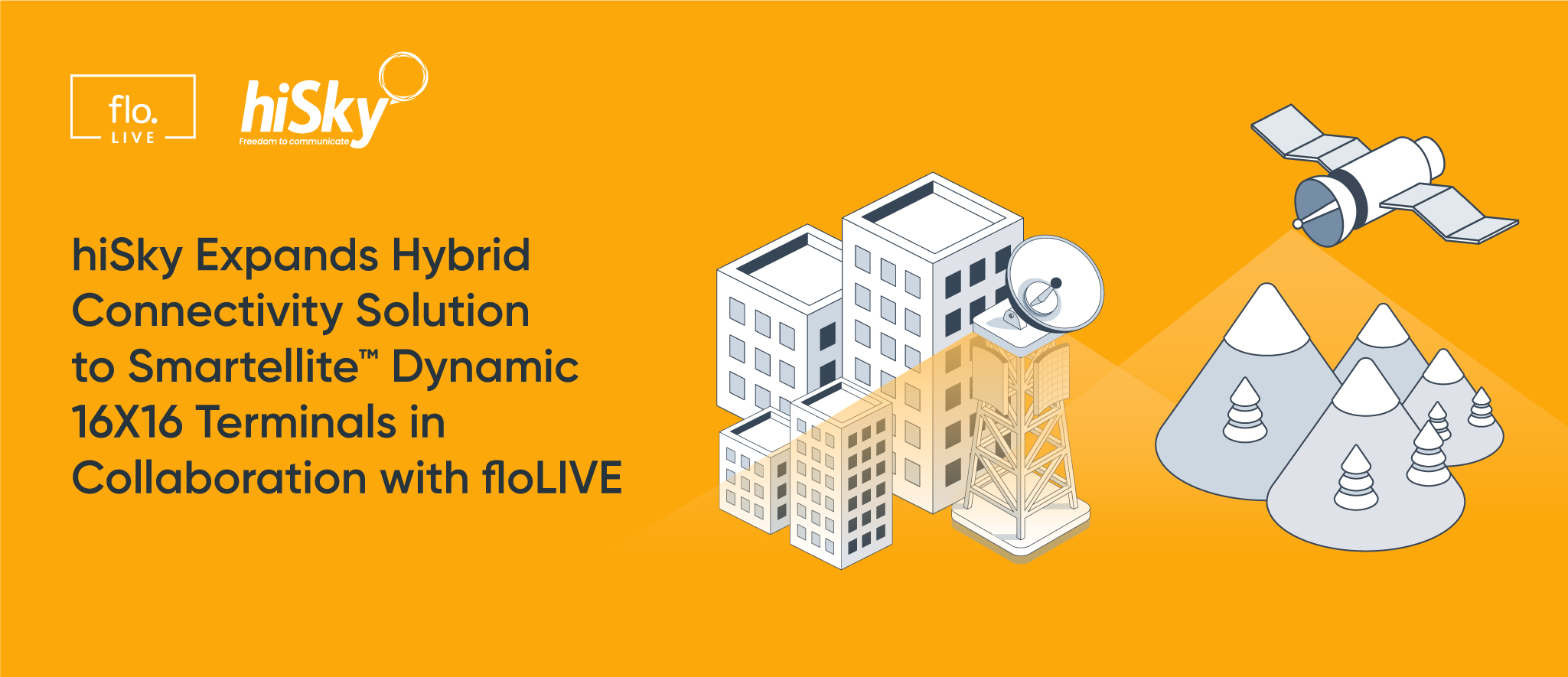5G Can Accelerate the Promise of Biden’s Infrastructure Bill: Here’s How

The US ranks 13th in the world in terms of its infrastructure, despite holding the top spot of the wealthiest country on the planet. Newly-elected President Joe Biden has proposed significant changes in a $2 trillion Infrastructure Bill, that will improve roads, modernize transportation systems, and accelerate the building of connected and sustainable smart cities and networks across the country.
Some of his pledges include;
- A national network of 500,000 charging stations by 2030.
- $46 billion for federal purchases that include EVs, charging ports and connected utilities such as heat pumps for residential and commercial buildings.
- $115 billion on improving roads, and an additional $85 billion on modernizing transit.
What role will connectivity play in this, and how can 5G help speed up the timeline and foster strong results for the US economy? Let’s dive in.
The Benefits of 5G, Accelerated by Citizens Broadband Radio Service (CBRS)
One of the main accelerators of 5G networks are the changes to spectrum licensing and usage in the US. While spectrum used to be accessed and obtained through a lengthy process of applying for, and being granted a license, (not to mention the high costs involved), the US Federal Communications Commission (FCC) has opened up 150 MHz of bandwidth, offering it unlicensed, and available to citizens. It is also working on further opportunities to gain access to unlicensed spectrum. Chairwoman Rosenworcel recently spoke about how unnecessary delays in obtaining spectrum could slow down innovation. “If we want broad economic growth and widespread mobile opportunity, we need to avoid unnecessary delays in the state and local approval process. That’s because they can slow deployment.”
Private 5G networks are incomparable to traditional options for connectivity such as enterprise WiFi, providing better reliability and availability, and much less chance of interference or security risk. With a private campus RAN enabled by unlicensed spectrum, and 5G cellular connectivity, IoT providers can offer enterprise-ready solutions for the first time, with tight security and privacy, and superior quality of service and availability. For more about 5G Network Planning, read this blog post.
Use Cases for Biden’s Vision of a Connected United States
Let’s think about the example of a state or a municipality that’s looking to create a smart city. A 5G private network can offer a closed network for connectivity, ensuring high security for mission-critical demands such as electricity, heating and other utilities, without the risk of interference.
In a worst-case scenario, the risk of cyber-attack is much lower, with the ability to create tight policies around access, network traffic, and usage. However, even on an every day level, spikes in outside network traffic wouldn’t impact the city’s devices, businesses, or residents, offering ultimate Quality of Service. Within the smart city, benefits can include autonomous traffic monitoring to reduce congestion, waste management, smart surveillance and security, energy efficiency and sustainability, connected transport, telemedicine, and more, many of which are goals on Biden’s roadmap for change.
5G Benefits on the Move: A Nationwide Private Network
Innovative connectivity solutions are also opening doors for some of the president’s more lofty aims, such as connected electric vehicle infrastructure across the country. Imagine for example that you work with electric vehicle charging stations, and your goal is to implement dozens of charging stations across multiple regions in the United States. A private core network can be leveraged alongside multiple public RAN providers to create a secure and available private network, even in disparate locations around the country.
As you’re using one single private core network, you have the same seamless compliance as you would achieve in a single location, and can create your own corporate policies to suit your needs. When it comes to connectivity, if you leverage a multi-IMSI solution, you can simply use local operator coverage in all locations, and if there are any gaps in availability, your device can autonomously switch to another provider. floLIVE manages this using a comprehensive IMSI library, the largest of its kind.
At all times, your enterprise can access a single view of all charging stations, including how much the station is being accessed, capacity and spikes in usage, troubleshooting requests, or even payment information where necessary.
This technology goes a lot further than electrification alone, and can impact multiple items on Biden’s roadmap, including securing US supply chains with insights into logistics and manufacturing at each stage of movement.
→ Check out our 5G Network solutions
“Invest resources wisely to deliver infrastructure projects that produce real results.”
This quote from the White House Fact Sheet on the American Jobs Plan is a real call to action for today’s decision-makers. Without intelligent connectivity solutions, investments into infrastructure may fall at the first hurdle.
The responsibility is on system integrators to research and invest in the right IoT solutions. These will be characterized by their ability to leverage 5G to ensure always-on connectivity, provide superior quality of service, and support a broad range of use cases to improve the state of the nation.
Reach out to discuss your upcoming IoT projects!









